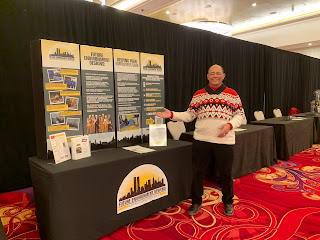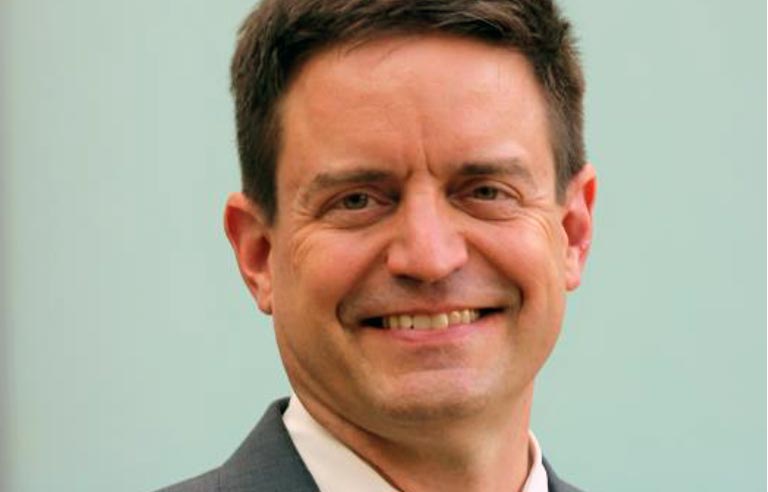Today, April 28, marks the anniversary of the day NIOSH first opened its doors in 1971, following the passage of the Occupational Safety and Health Act of 1970. Congress created NIOSH — the National Institute for Occupational Safety and Health — to "assure so far as possible every working man and woman in the Nation safe and healthful working conditions."
 |
| Types of Respirators |
For more than half a century, NIOSH has stood as a cornerstone of worker protection. Its research has helped shape critical safety standards for asbestos, silica, lead, heat stress, mental health, and countless other hazards across industries. From construction sites to healthcare settings, from manufacturing floors to environmental consulting offices, NIOSH’s work has been integral to safeguarding the health and lives of American workers.
But this year’s celebration is bittersweet — and frankly, alarming.
In a stunning and deeply concerning move, mass layoffs have gutted key NIOSH research and education programs. Overnight, the agency’s capacity to investigate workplace hazards, develop scientific guidelines, and educate the next generation of safety professionals has been drastically reduced.
The consequences of this cannot be overstated. Without NIOSH’s leadership:
-
Standards for silica, a deadly airborne hazard linked to silicosis and lung cancer, are now at risk of stagnating.
-
Protections against lead exposure, which affects the brain and nervous system, could weaken.
-
Efforts to address heat-related illness, a growing crisis as climate change intensifies, are left vulnerable.
-
Momentum around mental health in the workplace, a long-ignored pillar of occupational safety, may lose critical support just when it's finally gaining ground.
Occupational safety and health cannot afford to stand still — and it certainly cannot afford to move backward. Every advance we’ve made — every reduced injury rate, every improved standard, every saved life — was built on a foundation of science, research, and proactive leadership. Without a strong, fully functioning NIOSH, that foundation starts to crack.
Thankfully, the fight to #SaveNIOSH is growing stronger by the day.
American Conference of Governmental Industrial Hygienists (ACGIH) and the American Industrial Hygiene Association (AIHA) are actively advocating through letters, partnerships, and a public #SaveNIOSH campaign. Workers, safety professionals, and the general public are encouraged to use the Voter Voice system to contact legislators, share their support on social media, and help safeguard worker protections that are critical to U.S. health, safety, and economic well-being.
A coalition of 460 organizations is urging Congress to stop the planned layoffs at NIOSH, warning that cutting more than 870 employees would cripple efforts to protect the health and safety of 164 million U.S. workers. These cuts — part of a Department of Health and Human Services (HHS) restructuring set to take effect by June 30 — would devastate critical programs like the National Personal Protective Technology Laboratory, providing info on Firefighter research, services, and health and safety information, and Coal Workers' Health Surveillance Program and other such initiatives.
 |
| NYC FireFighter |
The coalition emphasizes that NIOSH provides the nation’s only dedicated federal research on preventing workplace injuries and illnesses — losses that cost the U.S. economy more than $250 billion annually.
Lawmakers, including Rep. Bobby Scott (D-VA), are demanding hearings and greater transparency, arguing that gutting NIOSH would not only endanger workers but also undermine decades of public health progress and weaken evidence-based solutions that have saved countless lives.
Protecting NIOSH is not just about preserving an institution — it's about maintaining a safer, healthier workforce and a stronger economy. It’s about continuing the work that has made American workplaces among the safest in the world.
As we mark this important milestone, let’s honor NIOSH’s legacy — not just with words, but with action. Speak up. Get involved. Fight for the future of occupational health and safety.
Because workers deserve better.




































